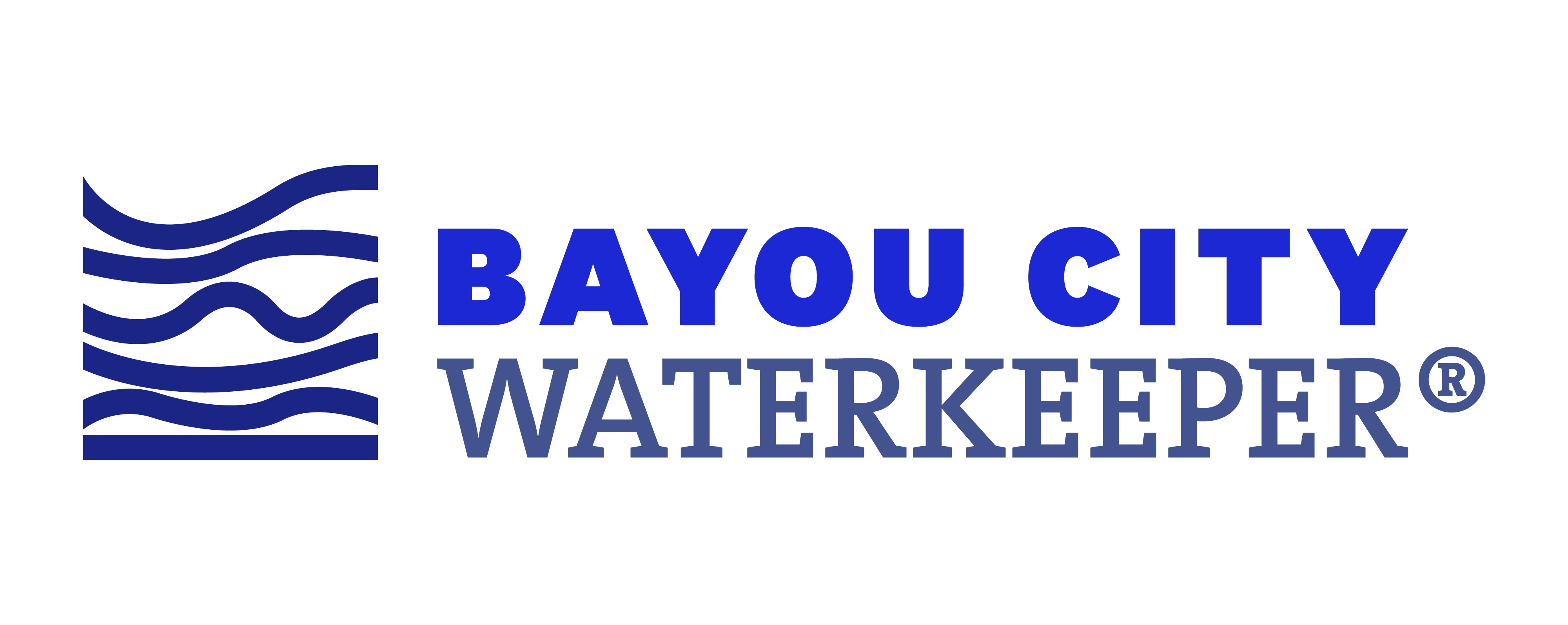This is a guest post by Emelia Forbau, a legal intern with Bayou City Waterkeeper in the Fall of 2022.
The I45 expansion, the Ike Dike, and the Bureau of Ocean Energy Management’s new offshore oil lease sale. What do these projects have in common? If implemented, the scale of these proposals will change the shape of our region and could have repercussions for generations to come. Before projects like these may move forward, the public deserves to understand the key impacts they may cause.
For more than 50 years, the National Environmental Policy Act (NEPA) has required federal agencies to assess the environmental impacts of proposed major actions like these and involve the public prior to making decisions. NEPA gives communities the opportunity to take back power in holding federal agencies accountable and deciding how their regions will be shaped.
Part of Bayou City Waterkeeper’s work is to provide communities in Houston and across the Lower Galveston Bay watershed with the education and resources they need to exercise the power given by NEPA.
How NEPA works
When federal agencies are making major decisions — including federal construction projects, plans to manage and develop federally owned lands, and grants, licenses, and permits, NEPA establishes a process they must follow. Agencies must (1) identify any potential issues; (2) determine alternatives that would correct the problems; (3) study possible environmental issues using established methods, including environmental justice and climate impacts; (4) comply with environmental regulations, and (5) involve the public throughout the process and document decisions in a NEPA document.
If the action may have significant environmental impacts or presents significant public controversy, then an Environmental Impact Statement (EIS) will be prepared. An EIS is a document, sometimes thousands of pages in length, that analyzes the environmental effects of a project, including its impact on the climate, environmental justice, and communities.
NEPA & Public Participation
Members of the public can submit comments on draft NEPA documents, including EISs. This is arguably the most important part of the NEPA process: It gives a voice to impacted communities by sharing concerns during the decision-making process, encourages more reasoned decision-making, and presents an opportunity for collaboration and building relationships between agencies and communities.
Every single comment matters. While public comments are often submitted by organizations, they can be submitted by any member of the public no matter their position or qualifications. The NEPA commenting process allows commenters to later file lawsuits against agencies if they believe the agency acted improperly. Importantly, an issue must be raised by a public comment for the same issue to be raised in a later lawsuit.
Ultimately, community involvement can result in fewer negative environmental impacts and put a stop to bad projects.
How to submit a comment
During my internship with Bayou City Waterkeeper, I researched legal issues relating to NEPA and attended webinars hosted by Taproot Earth. Here is what I learned that might help you as you prepare your public comment:
1) Agencies must give the public at least 45 days to submit comments, and must consider every comment they receive. While this does not require them to act in any certain way, learning different experiences and hearing questions from the public can change the shape of the project they are reviewing. For example, public comments about the I45 expansion project led local leaders to push back alongside community members and demand that the agencies reevaluate key aspects of the project.
2) Agencies begin the NEPA process by informing the public that an action is proposed and publishing notice in the Federal Register. Agencies may also provide notice using their websites, newspapers, and direct mailing. Organizations that are already interacting with federal agencies and the NEPA process (like Bayou City Waterkeeper) will often also publish updates about important decisions and opportunities on their websites and social media.
3) The strongest comments will be as clear, concise, and relevant to the proposed action as possible. Do not underestimate the importance of your own personal experience. Agencies often are focused on highly technical aspects of a proposed project and overlook impacts on real people. To make sure your comment is heard, it helps to take the time to organize your thoughts, edit your comment, and ask a friend or family member for feedback before submitting it.
4) This may be the only time an agency will hear your story and the solutions that you propose. Consider proposing solutions and including specific examples. Solution-oriented comments with examples are very effective and are more likely to get an agency’s attention. Be honest and real in stating your concerns and share any links, photos, or anecdotes that might be helpful background for them.
6) While you are writing your comment from your own perspective, you don’t have to do this alone. Gather your friends and neighbors to write comments together over a meal, divide up research tasks, and reach out to local organizations like Bayou City Waterkeeper for support.
Resources
Here are some resources to help you become involved in the NEPA process:
- Taproot Earth’s webinars may be viewed here.
- A Citizen’s Guide to NEPA is a helpful resource for general NEPA information.
- The U.S. Department of Transportation briefly summarizes when different NEPA documents are required and what they each entail.
- The Environmental Law Institute (ELI) published a thorough and accessible guide to writing a public comment.
- There are also opportunities to provide verbal comments, and ELI has published a guide for those.
- Here are some examples of great comment letters.

Emelia Forbau is a law student who interned with Bayou City Waterkeeper in the Fall of 2022. A University of Houston Law Center 2L, Emelia grew up in the Houston area and graduated from Houston Baptist University with a Bachelor of Arts in English and a minor in Business Management.
